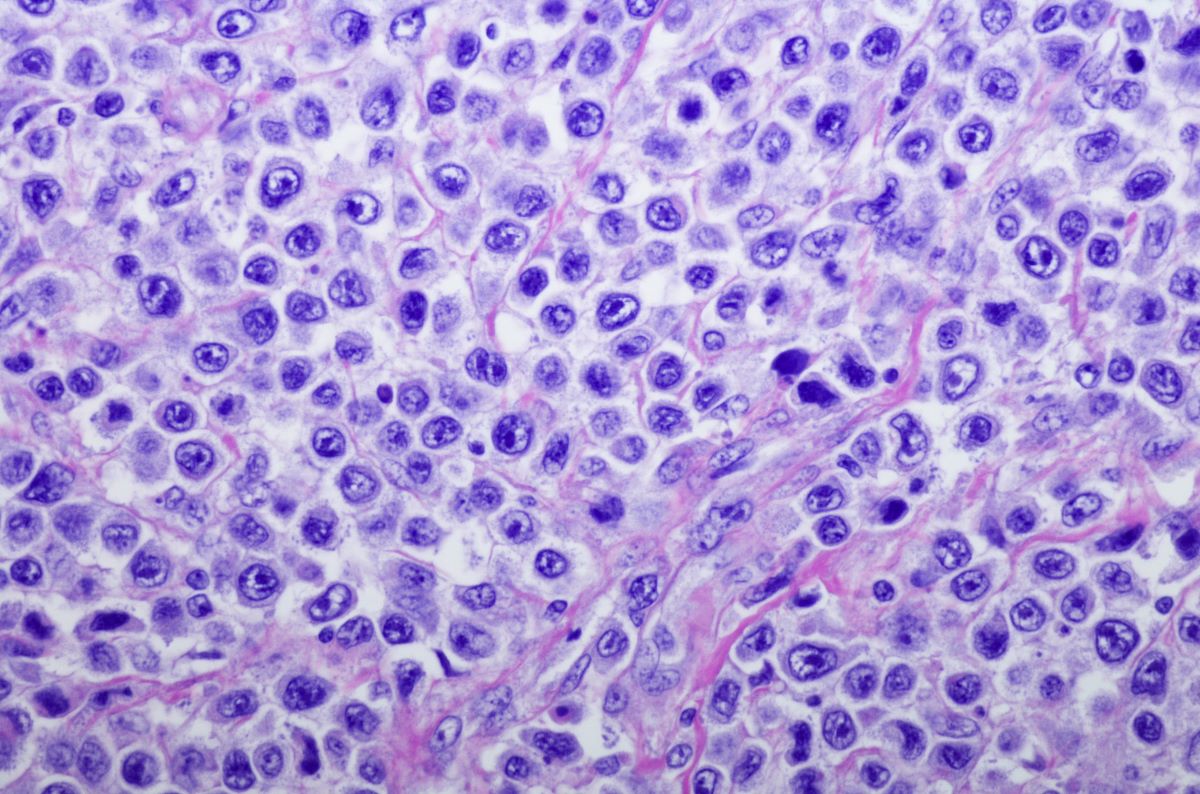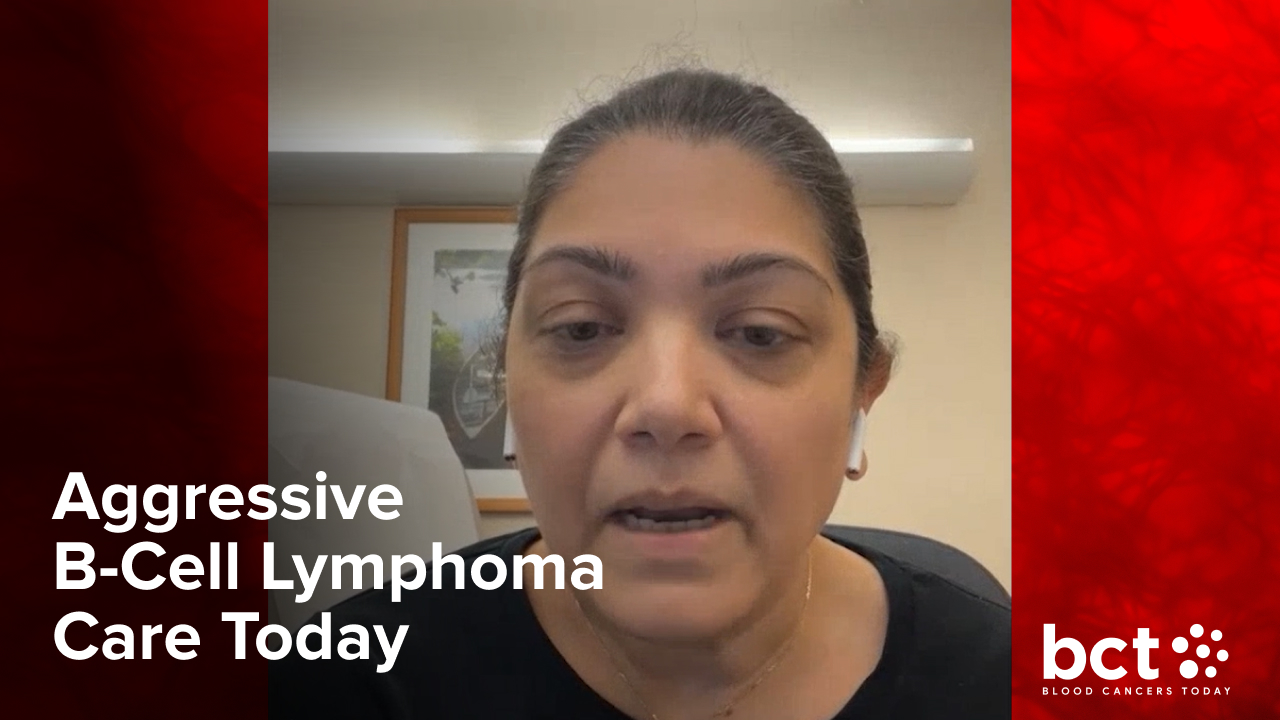
Adding the anti-CD20 monoclonal antibody ofatumumab to reduced intensity conditioning is safe and effective in patients with high-risk B-cell non-Hodgkin lymphoma (NHL), according to a recent study.
The regimen was also found to be associated with reduced severity of acute graft-versus-host disease (GVHD).
The phase II, nonrandomized, multicenter trial was led by Monica Cabrero, MD, of Hospital Universitario de Salamanca-IBSA in Spain, and published in Bone Marrow Transplantation. The study evaluated the impact of ofatumumab on GVHD levels and investigated the drug’s efficacy as a possible GVHD prophylactic.
A total of 31 patients with CD20-positive high-risk lymphoma received RIC with ofatumumab prior to allogeneic hematopoietic stem cell transplant (HSCT).
Alongside standard RIC, patients were given ofatumumab at 300 mg on day 20 before HSCT; 2,000mg on days 13 and six before HSCT; and 1000mg on days one and eight after HSCT. The conditioning regimen consisted of fludarabine at 150 mg/msq on days three and seven before transplant, and melphalan at 140 mg/msq on days two and three before transplant.
Twenty-nine patients achieved neutrophils and platelet engraftment 28 days after transplant, while the remaining two patients experienced graft failure due to early disease progression. Patients without GVHD had a 24-month overall survival (OS) rate of 60%, while patients with GVHD had a 24-month OS rate of 58.3%.
Ofatumumab was well tolerated, with none of the patients reporting a grade >2 toxicity.
Among the patients, 5 experienced a grade 1-2 cutaneous rash, 1 patient experienced a grade 1 headache, and 1 patient experienced a grade 2 allergic reaction. No latent adverse effects were reported after a median follow-up of 48 months.
Acute GVHD occurred in 24 (77%) of patients at a median of 17 days after HSCT. Of those 24 patients, 20 (65%) experienced grade 2-4 acute GVHD. Chronic GVHD, primarily mild or moderate, occurred in 14 of 26 (54%) patients alive at 100 days post-transplant.
Gastrointestinal (GI) involvement was observed in 62% of patients. Excluding those with stage 1 GI acute GVHD, grade 2-4 GVHD occurred in 38% of patients and grade 3-4 occurred in 16% of patients.
Eighteen out of 24 patients (75%) achieved complete remission (CR) after first-line treatment. All patients (100%) with grade 1-2 GVHD achieved CR, while half (50%) of patients with grade 3 acute GVHD reached CR. None of the patients with grade 4 acute GVHD achieved CR. Fourteen percent of patients with chronic GVHD experienced CR, while 71% of patients with chronic GVHD achieved partial remission. One case of severe chronic GVHD affecting the lungs was documented.
Seventeen patients (55%) died due to infections, disease progression, and GVHD. Patients who developed grades 2-4 and 3-4 acute GVHD had higher rates of nonrelapse mortality.
Reference
Cabrero M, López-Corral L, Jarque I, et al. Ofatumumab as part of reduced intensity conditioning in high risk B-cell lymphoma patients: final long-term analysis from a prospective multicenter phase-II trial. Bone Marrow Transplant. 2024. doi:10.1038/s41409-023-02171-5






 © 2025 Mashup Media, LLC, a Formedics Property. All Rights Reserved.
© 2025 Mashup Media, LLC, a Formedics Property. All Rights Reserved.